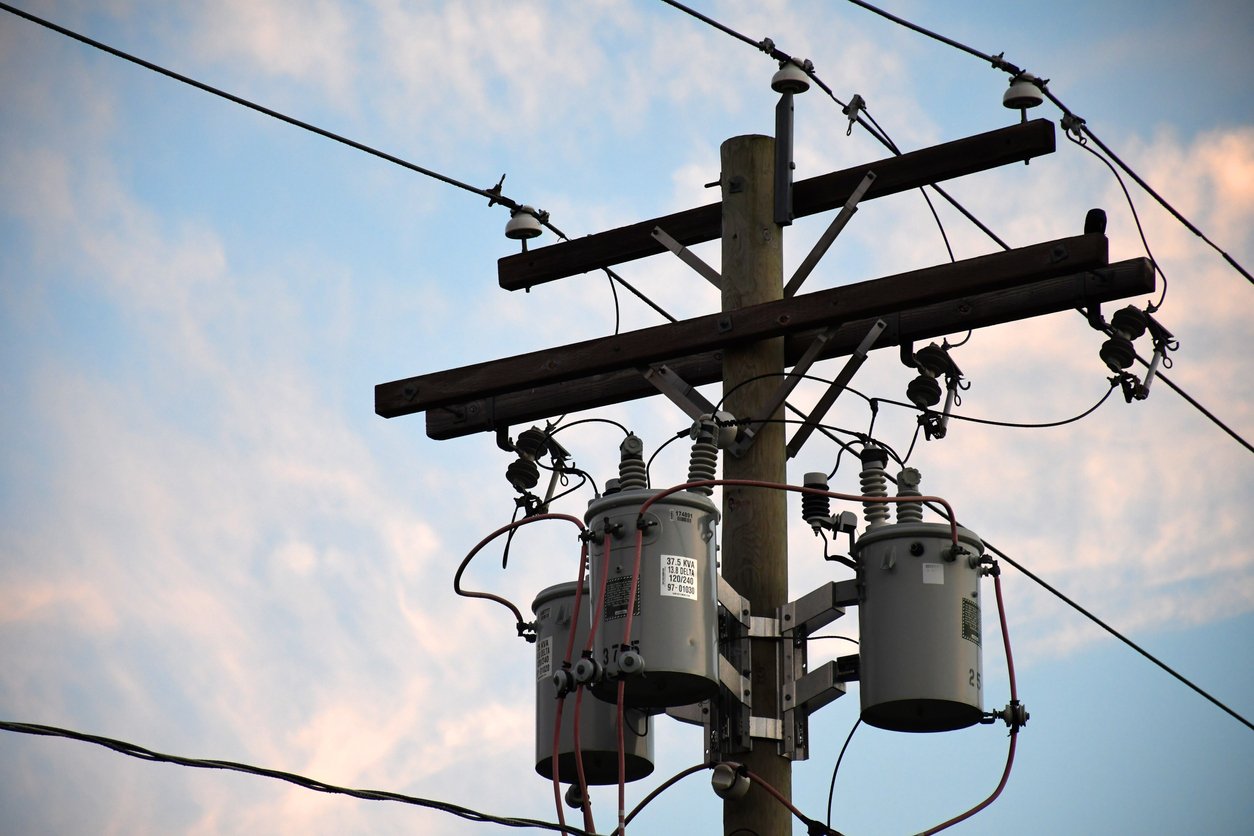Strengthening America’s Power Grid
Recent increases in the number of natural disasters resulting in widespread, long-duration, and costly power outages have brought the topic of energy system resilience to the forefront. The last few years have broken records, leaving millions of customers without power, water, and heating or cooling. Outages are more than an inconvenience; they present a critical risk to community safety, economic stability, and national security.
Flip the Switch
But it’s not just weather events that we need to be concerned about. The physical grid is aging and overdue for an upgrade. Most of our existing transmission and distribution lines were built in the 1960s, meaning our country’s energy infrastructure is at the end of its 50-year intended lifespan. Much of this aging infrastructure lacks critical cybersecurity protection.

Furthermore, with variable renewable energy technologies being interconnected with the electric power system at increasing rates — distributed sources of electricity that are dependent upon weather conditions — a variety of technical challenges must be overcome to safely connect them to the grid while maintaining stability and reliability. New transmission, distribution, and storage infrastructure will be needed, too, including adapting the electric grid to be flexible to changing supply and demand over all increments of time.
Connected communities of grid-interactive efficient buildings can integrate with microgrids and leverage advancements in digital communications and building science by using intelligent controls, sensors, and analytics to “talk” to the grid, one another, and almost everything else plugged into them. Through advanced analytics, the comfort and needs of building occupants can be optimized while supporting grid needs to reduce the energy required by buildings during the costliest periods of peak energy demand.
Building the Future
Grid operations involve assessing the grid’s health in real-time, predicting its behavior and potential disruptions, and quickly responding to events, requiring an understanding of vital parameters throughout the electric infrastructure, from generation to the end user. Improved sensing and predictive analytics support these power-system operations and planning advances.



